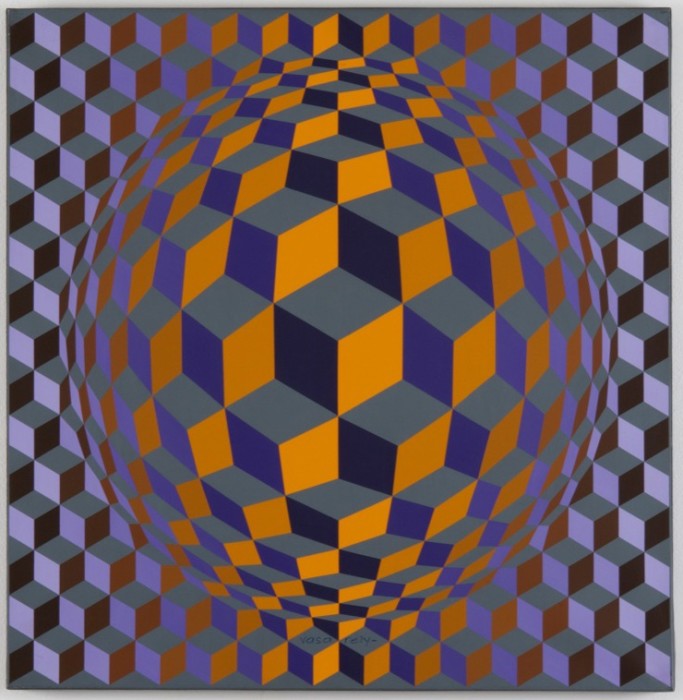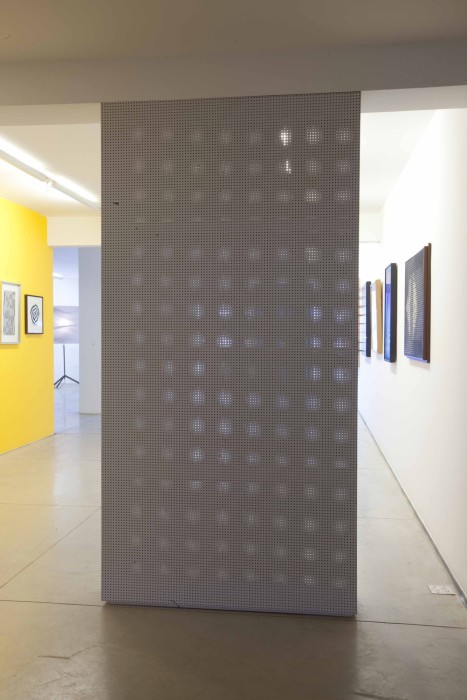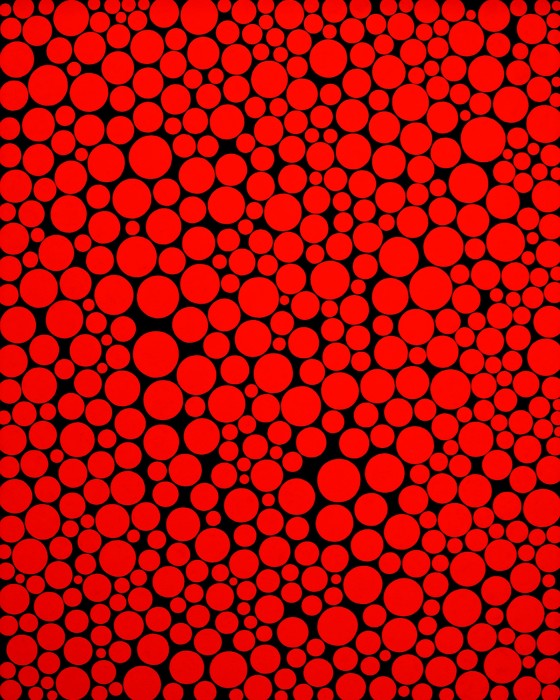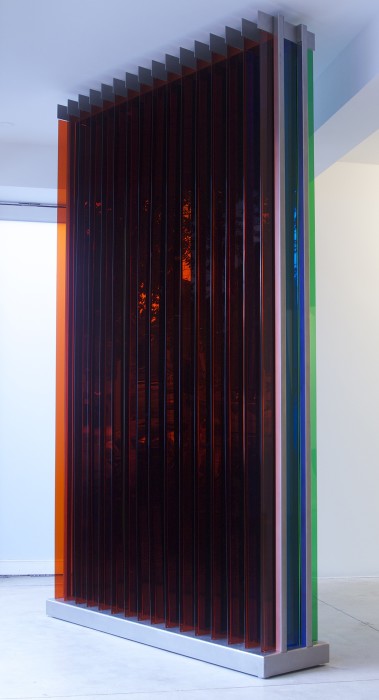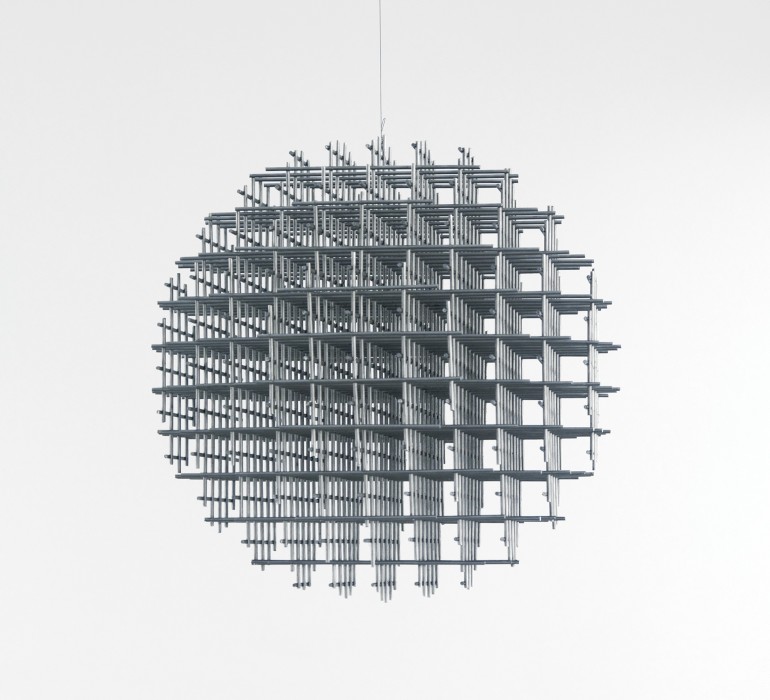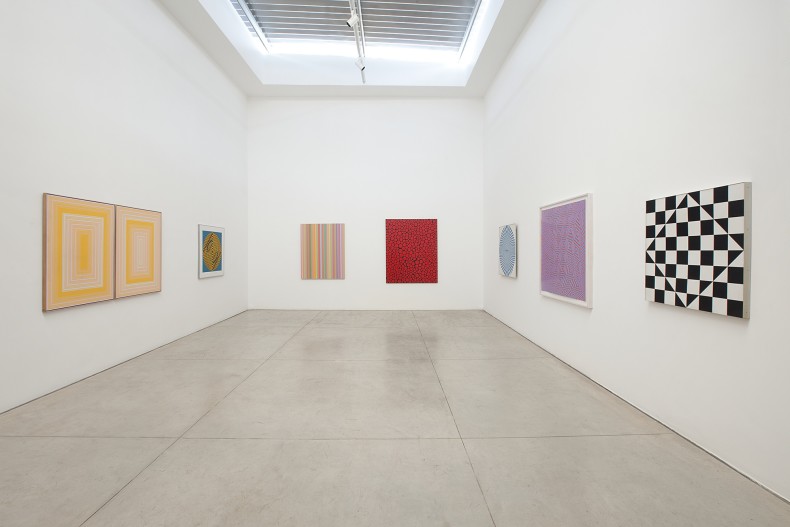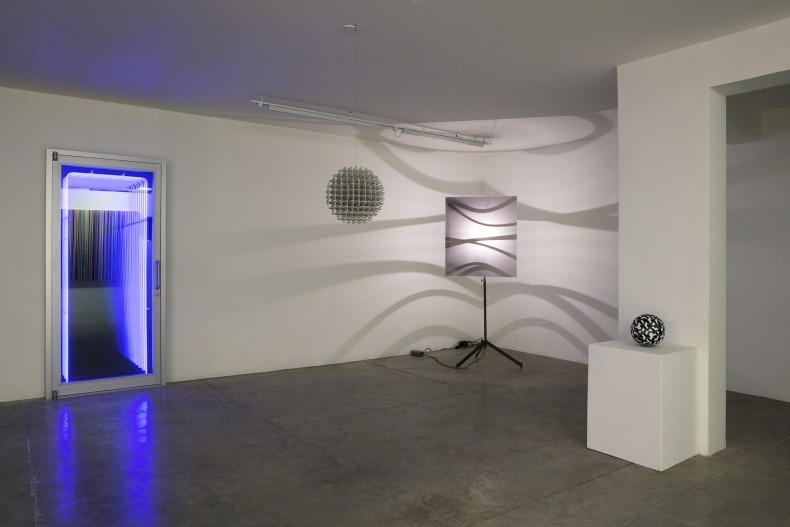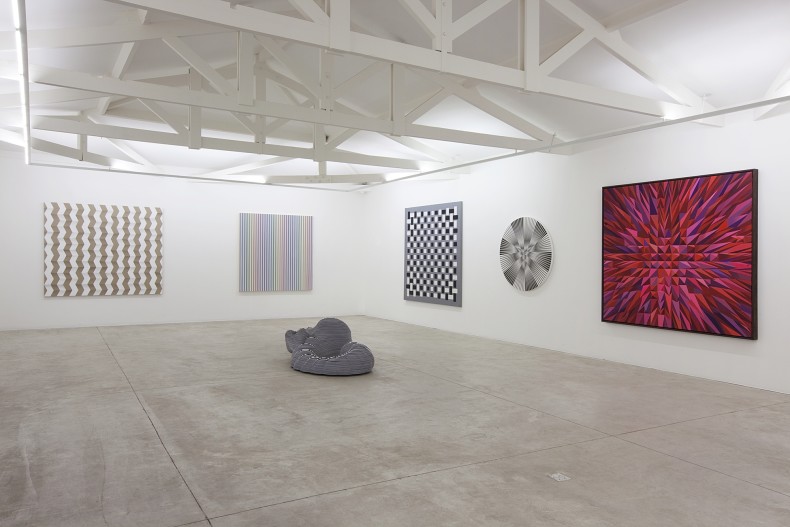After opening its new exhibition space with a successful show curated by Mexican curator, collector and director of Colección/Fundación Jumex Patrick Charpenel, last September, Nara Roesler gallery continues to develop activities at Roesler Hotel – a curatorial project aimed at promoting dialogue between Brazil and the world’s visual arts community – with the participation of today’s most internationally renowned Brazilian artists. Vik Muniz, the second guest of the series, is the curator of the group show entitled Buzz, which is entirely dedicated to Op-Art (optical art). The exhibition will open on December 1st 2012 and close on February 23rd, 2013. The paulista artist, who has curated exhibitions for the Museum of Modern Art (MoMA) and the Metropolitan, both in New York, as well as for the Museé d'Orsay, in Paris, has already confirmed in the exhibition works by Brazilian artists Abraham Palatnik and Israel Pedrosa, by British artist Bridget Riley and by French artist François Morellet – who are one of the most well-known optical artists and whose concept is based on the distortion of the spectator’s visual perception. The selection includes works by young artists, such as Fred Tomaselli, Olafur Eliasson, Tauba Auerbach, Wayne Gonzales, and Yayoi Kusama in the exhibition catalogue, which consists of over fifty works. The full list will be announced in the coming weeks.
"I am extremely fascinated by the perceptual aspect of art. I have always wanted to work on an Op-Art show," said Muniz, who since August, in the search for new ties with the art market and for an environment that would welcome his polyvalence, is represented by Nara Roesler gallery, a prestigious institutions with over 20 years in the market and a portfolio that gathers nearly 30 renowned Brazilian and foreign names in contemporary art.
Almost fifty years after the opening of the exhibition The Responsive Eye, at MoMA, in New York, the paradigm involving the importance of Op-Art in modern art history remains. In that 1965 innovative exhibition the public had its first meaningful contact with the project created by Bill Seitz – the visionary defender of abstraction. The show, even though discredited by art critic Clement Greenberg and by artist Donald Judd, was a huge success among the general public.
The democratic and unpretentious features of that style resulted in a huge success that silenced the voices of critics who considered it an inferior form of art. The Buzz exhibition shows the influence Op-Art had on the generations that came after it fell in obscurity and its renewed relevance in a context where the mediatic atmosphere is dominated by the discourse of both science and the consumption of images.
“In a world where the subjective roles of both the critic and the editor have been pulverized and the growing democracy of representations has been encouraging a greater appetite for the evidence of the phenomenon itself, Op-Art may become the indicator of a new state of aesthetic evolution, which would be both more instinctively connected to its technological concept and emancipated from the tyranny of critical evaluation”, said the artist.

